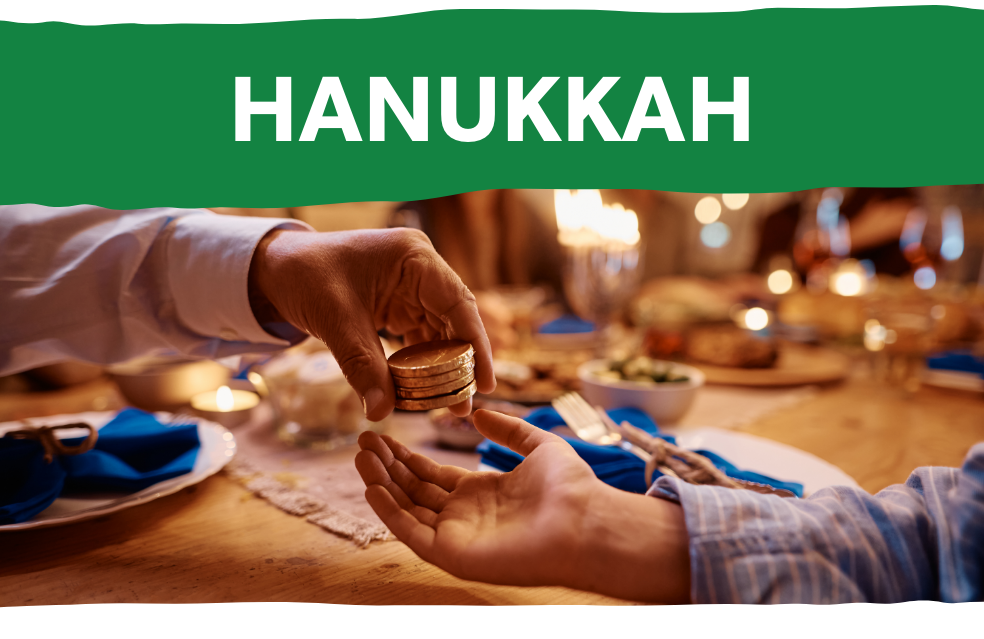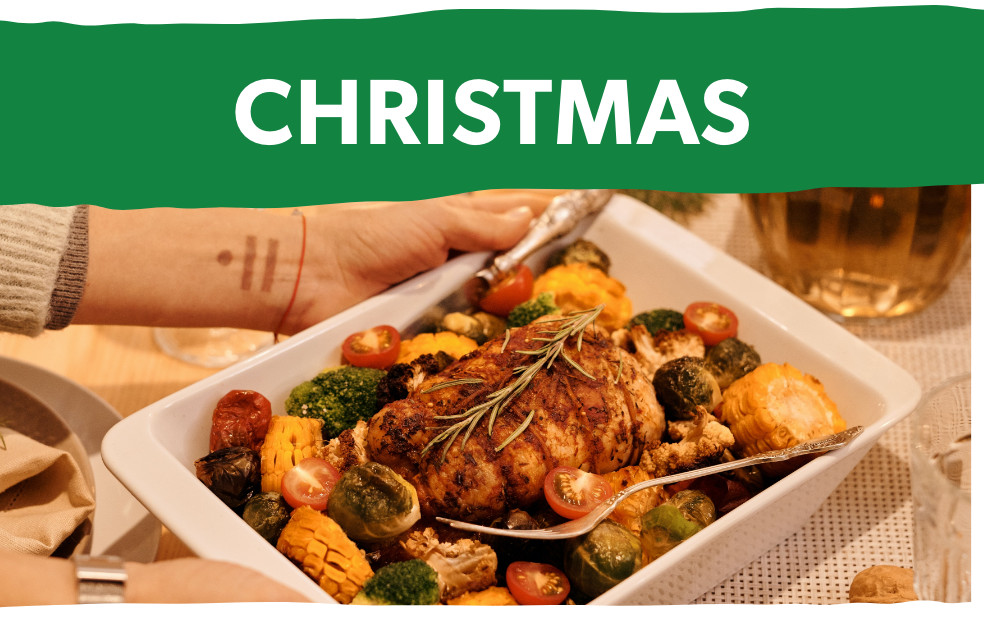No matter how you recognize the holiday season, feasting is a big part of the occasion. When families come together, the dinner table is the perfect place to celebrate with loved ones over a rich and hearty meal.
Holiday meal traditions go back generations, and fresh CT Grown ingredients can easily be used for many of the customary dishes served at holiday occasions. Here’s a look at why certain foods come to the table each year, with suggested recipes that can be made with a little help from your local farmers and producers.

Many traditional Hanukkah dishes are fried in oil, commemorating the well-known miracle of the menorah burning for eight days even though there was only enough oil for one day. Latkes and sufganiyot are particularly popular during the holiday.
Latkes are commonly prepared with potatoes, but often incorporate cheese as well. This ingredient honors the story of the heroine Judith, who saved her people by feeding an Assyrian general salty cheese and wine, then decapitating him.
Sweet potatoes are readily available at Connecticut winter farmers’ markets and go great with the following latke recipe. You can also pick up some CT Grown jelly or jam for this delicious sufganiyot treat.

Christmas meal traditions vary widely from country to country. Common Christmastime dishes include tamales in Mexico, minced pies in Eastern Europe, and fish in Italy and Scandinavia.
Despite the melding of many cultures in the United States, the big feast on Christmas Eve or Christmas is still largely rooted in English tradition. British celebrations feature a hearty main dish such as a turkey or roast, and Brussels sprouts also became a popular choice due to their hardiness as a winter crop.
For a traditional twist that makes a statement, try the following recipes with CT Grown pork, Brussels sprouts, and maple syrup.

Kwanzaa’s name derives from a Swahili phrase for “first fruits of the harvest,” and the celebration is rooted in the harvest festivals of sub-Saharan Africa.
The holiday incorporates many food-related symbols, including mazao (for harvest crops, represented by fruits/vegetables), and muhindi (for fertility and the future offered by children, represented by one ear of corn for each child in the family). Meals also typically incorporate collard greens, a symbol of fortune, and black-eyed peas, a symbol of good luck.
For the traditional Karamu feast on December 31, try these hearty dishes that use CT Grown foods like winter squash, chicken, garlic, and peppers.